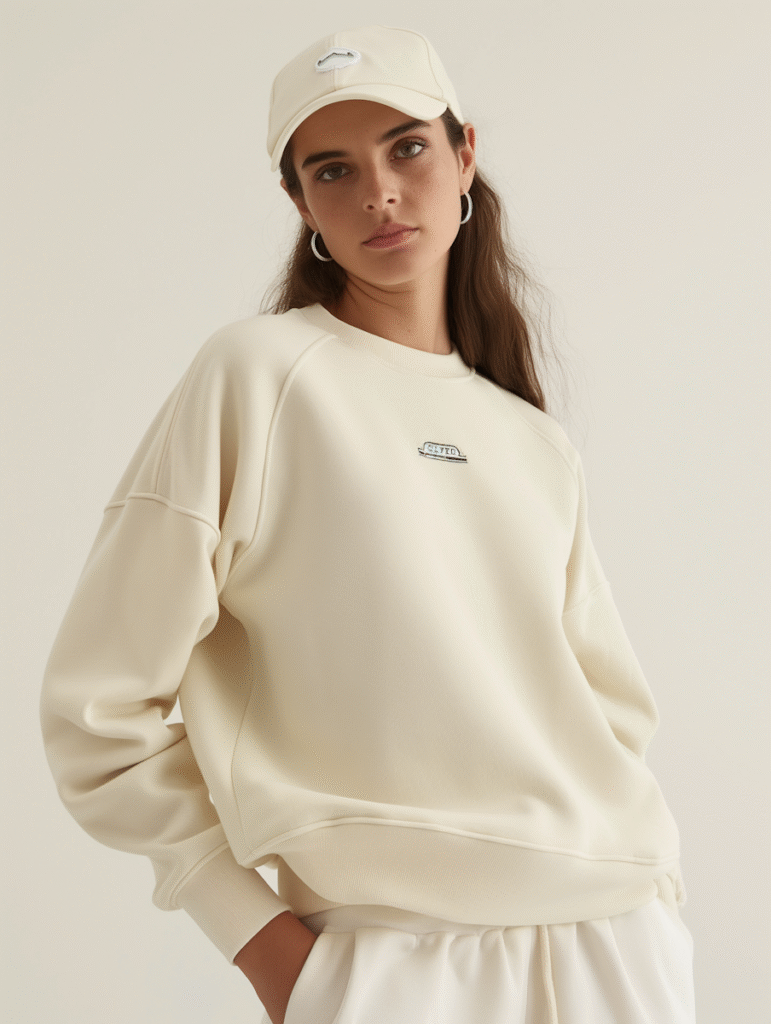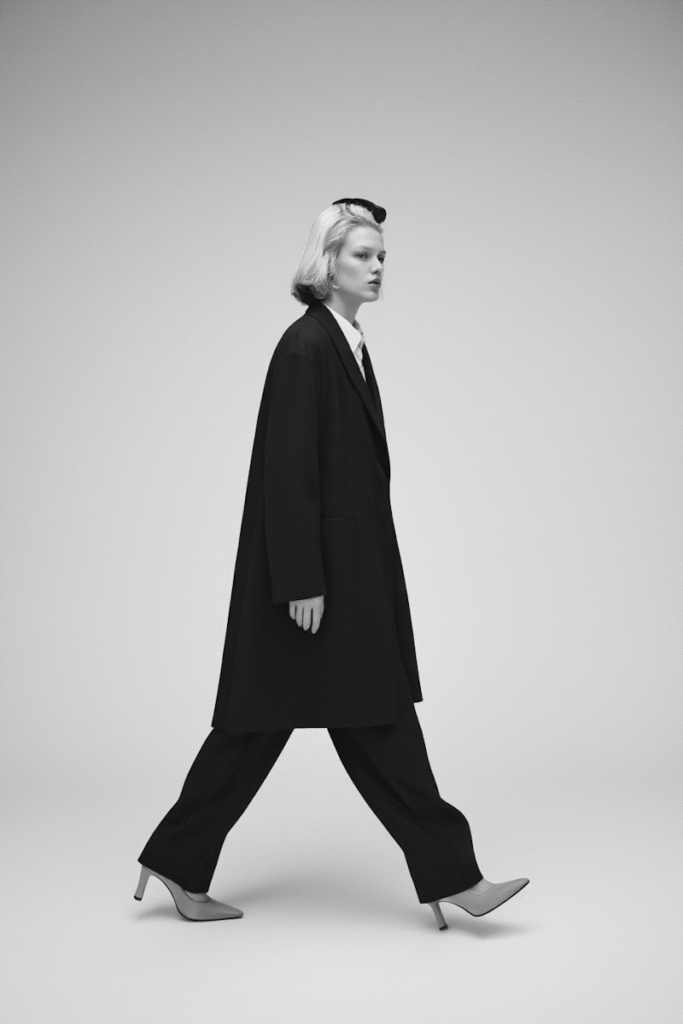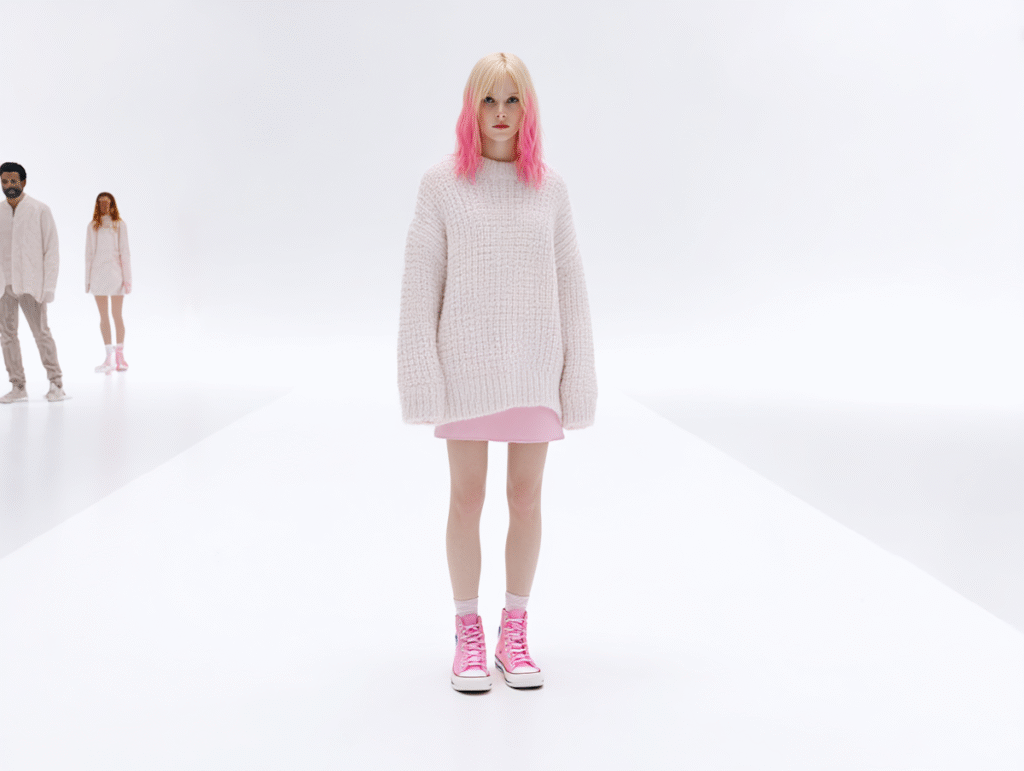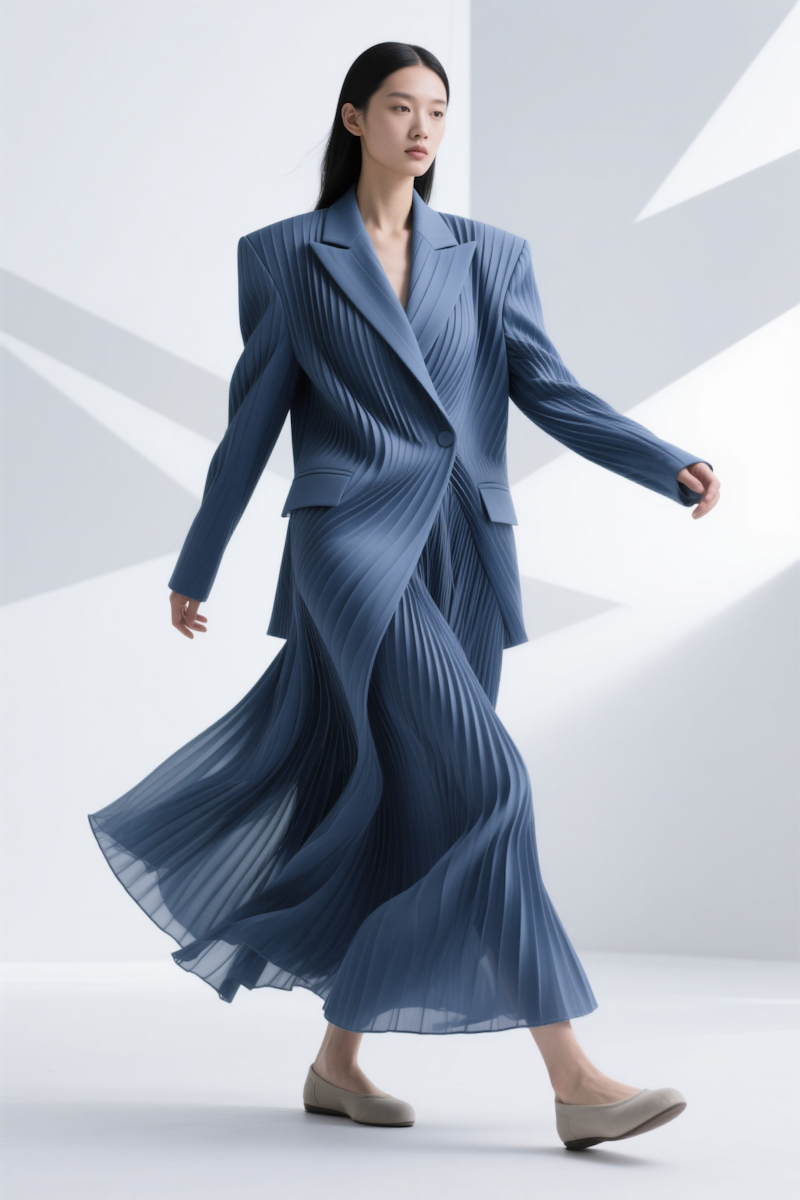Table of Contents
In a world overflowing with trends, fast fashion, and impulse purchases, Minimalist Fashion is making a quiet yet powerful statement. More people are embracing the idea that less is more—not just for aesthetic reasons, but for environmental ones too. Minimalist Fashion is not about being boring or wearing the same outfit every day; it’s about choosing thoughtfully, investing wisely, and consuming responsibly.
Whether you’re new to the idea or a seasoned minimalist, this guide will show you how Minimalist Fashion can lead to a greener closet—and a more intentional lifestyle.
What Is Minimalist Fashion?

Minimalist Fashion is a clothing philosophy focused on simplicity, functionality, and sustainability. It emphasizes:
- Timeless silhouettes
- Neutral and versatile color palettes
- High-quality materials
- A small number of well-curated pieces
Instead of constantly chasing new trends, minimalist wardrobes consist of clothing that mixes and matches easily, lasts longer, and aligns with your core personal style.
Why Choose Minimalist Fashion?
Here’s why more people are building minimalist wardrobes, not just for style but for sustainability:
1. 🌱 Eco-Conscious Choice
Fast fashion contributes to overproduction, water waste, and landfill pollution. Minimalist Fashion promotes buying less and choosing better, leading to a dramatic reduction in fashion-related waste.
2. 💰 Cost-Effective in the Long Run
While minimalist pieces might cost more upfront, they last much longer—meaning you buy less often. This makes it a financially smart approach.
3. 🧠 Fewer Choices, Less Stress
A minimalist closet streamlines your morning routine. With fewer, better pieces, you spend less time deciding what to wear and more time living.
4. 💼 Timeless Professionalism
Minimalist styles often lean toward polished, sleek looks that work perfectly in professional settings or formal occasions.
5. 👚 Quality Over Quantity
Investing in quality fabrics and craftsmanship means your clothes not only look better, but feel better too.
How to Build a Minimalist Wardrobe

Here are some steps to embrace Minimalist Fashion and create a greener, more intentional closet:
1. Declutter Ruthlessly
Start by removing items you don’t wear, don’t love, or don’t fit. Be honest and let go of emotional attachments to things you haven’t worn in over a year.
2. Identify Your Core Style
Are you more classic, modern, boho, or sporty? Pick a consistent style direction to help keep your wardrobe cohesive.
3. Stick to a Color Palette
Neutral tones like black, white, beige, navy, and gray are the foundation of Minimalist Fashion. They’re easy to mix and match, making your closet more versatile.
4. Invest in Key Pieces
Start with essentials like:
- A white button-up shirt
- Well-fitted jeans
- A black blazer
- A classic trench coat
- High-quality basics like tees and tanks
5. Avoid Impulse Buys
Every item you buy should serve a purpose. Ask yourself: Does it fit well? Can I wear it with at least 3 things I already own? Will I still want this in a year?
Sustainable Brands That Align with Minimalist Fashion

If you’re looking to shop consciously, consider these minimalist and eco-friendly brands:
- Everlane
- PACT
- Kotn
- Vetta Capsule
- Organic Basics
These brands offer sustainable materials, ethical production practices, and timeless pieces that work perfectly in a minimalist wardrobe.
5 FAQs About Minimalist Fashion
Q1: Can minimalist fashion still be stylish and trendy?
A: Yes! Minimalist Fashion is timeless and chic. You can stay stylish with subtle updates or accessories while keeping your core wardrobe simple and classic.
Q2: How many items should I have in a minimalist closet?
A: There’s no fixed number, but many aim for around 30–50 versatile pieces, including shoes and outerwear. It’s about quality and function, not a specific count.
Q3: Is Minimalist Fashion only neutral colors?
A: While neutrals are popular, you can include accent colors that match your personal style. The key is maintaining cohesion.
Q4: What fabrics are best for minimalist wardrobes?
A: Natural and durable fabrics like cotton, linen, wool, and Tencel are great for sustainability and longevity.
Q5: How can I maintain my minimalist wardrobe?
A: Regularly assess your wardrobe, repair rather than replace items, and resist overbuying—even when shopping ethically.
Final Thoughts
Minimalist Fashion isn’t just a wardrobe choice—it’s a lifestyle. It’s about slowing down, being intentional, and making decisions that reflect your values. By curating a smaller, high-quality wardrobe, you reduce waste, save money, and build a closet you actually love.
Your closet can be greener, smarter, and more stylish—all at once. Start small. Start now.





